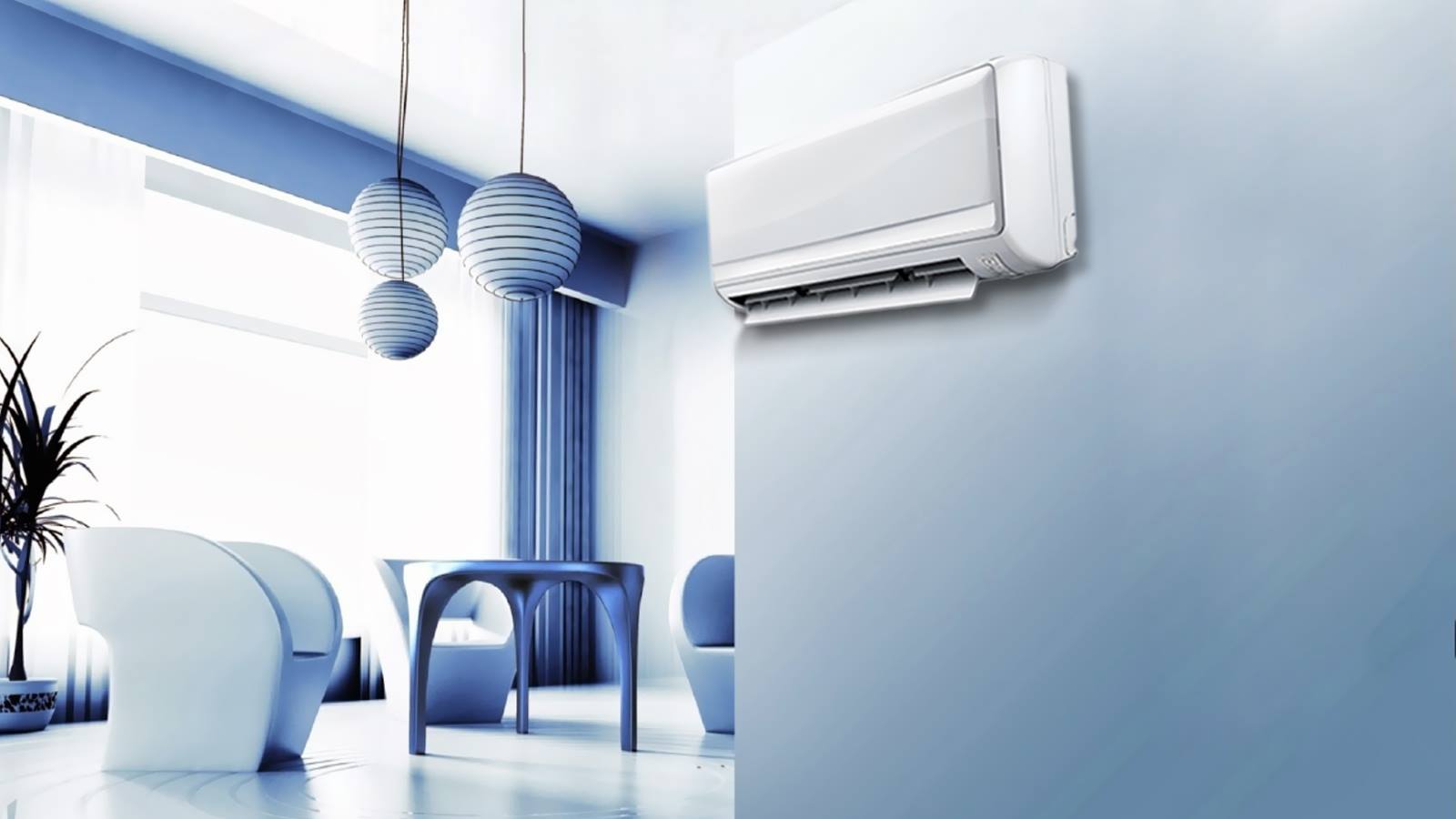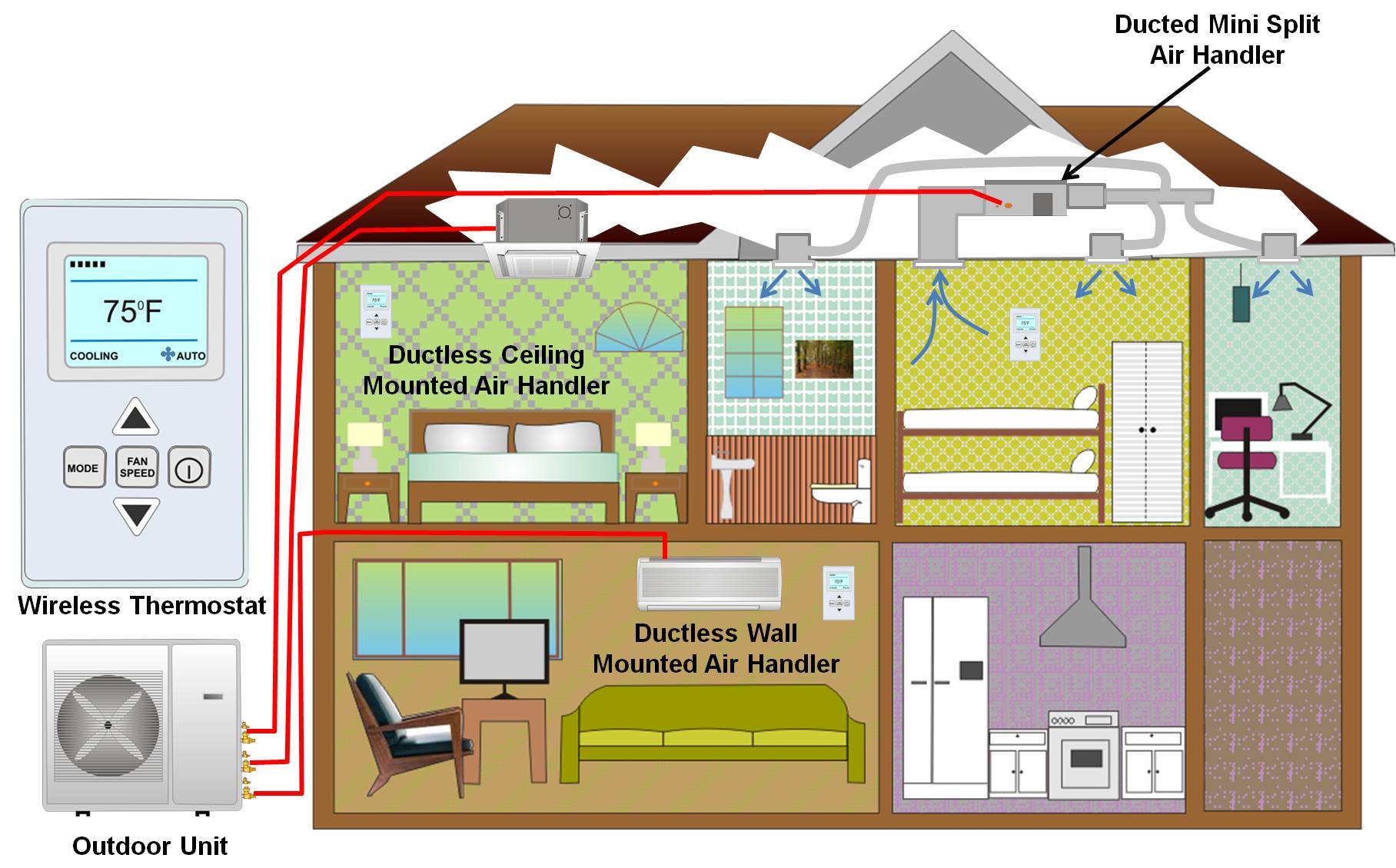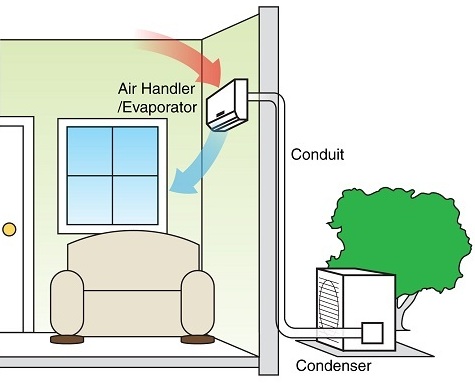Have you ever before wondered why cooling installation in high-rise buildings offers special challenges?
The complexity goes beyond just cooling down the spaces efficiently. From navigating restricted room restraints to dealing with vertical distribution difficulties, each facet requires thorough planning.
However what about the architectural considerations and making certain availability to electric power for these systems?
These are simply a few items of the puzzle that make taking on air conditioning setup in skyscrapers a complex venture.
Trick Takeaways
- Calculated equipment placement and sound control are essential in skyscraper AC installations.

- Efficient ductwork routing and maintenance access ensure ideal a/c performance.
- Safety, weight circulation, and adherence to building codes are essential for structural honesty.
- Power efficiency, access, and seamless integration enhance air conditioning system capability in high-rise buildings.
Area Restrictions
When installing cooling in skyscrapers, you might come across area restraints that require careful planning and cutting-edge services. Limited access to certain areas can posture a challenge during installation. To tackle this, specialized tools and creative handling might be essential to navigate through limited areas and reach the assigned locations for installing the air conditioning systems.
In addition, in high-rise buildings, sound control is vital to ensure the comfort and health of passengers. The confined spaces and closeness of household systems in these buildings magnify the influence of sound produced by cooling systems. Executing soundproofing steps, utilizing quieter tools, and critical positioning of elements can help minimize noise disruptions for homeowners.
Upright Distribution Challenges
Exploring the intricacies of skyscrapers, specifically with regards to upright circulation, offers one-of-a-kind challenges for air conditioning installation. Ductwork obstacles project in high-rise structures, where transmitting ducts vertically through several floors can be detailed. Installation logistics end up being essential, as working with the positioning of ductwork and devices in a way that warranties efficient air flow and temperature control throughout the building is paramount.
Upkeep access is one more significant worry when it involves vertical circulation in skyscrapers. Making sure that cooling and heating systems are quickly obtainable for regular upkeep and fixings is important for long-lasting performance. Additionally, the logistics of equipment transportation to greater floorings pose an obstacle. Moving heavy cooling systems, ductwork elements, and various other materials up vertical distances needs careful planning and coordination to assure safety and efficiency.
Structural Considerations
Thinking about the structural honesty of high-rise buildings is essential when preparing air conditioning setups. High-rise buildings are designed to support specific weights, and including air conditioning systems can influence the general weight distribution. It's essential to follow developing codes to make sure that the added weight from the a/c systems does not compromise the building's structural security. Building codes detail the optimum allowable lots for various sections of the structure, consisting of floorings and walls, to prevent overloading.
Correct weight distribution is necessary to avoid unequal stress and anxiety on the building's structure, which can cause architectural issues with time. Cooling and heating systems need to be purposefully placed to distribute their weight equally and minimize any kind of potential strain on details areas. Designers must meticulously analyze the building's load-bearing ability and style the cooling installation appropriately to ensure that it meets safety and security requirements and regulatory needs.

Electrical Power Access
To validate the effective installment of cooling systems in high-rise buildings, examining the accessibility of electrical power is critical.
When assessing the electric power accessibility for a/c in skyscrapers, take into consideration the following:
- Proximity to Source Of Power: Make sure that the a/c units are located near power sources to reduce energy loss and warranty efficient procedure.
- Push-button Control Capability: Go with systems that supply remote control attributes, enabling hassle-free tracking and modification of the air conditioning units from a range.
- Power Performance Rankings: Focus on cooling devices with high energy effectiveness ratings to minimize overall electricity consumption and reduced functional costs.
- Back-up Power Solutions: Implement back-up power remedies like generators or battery backups to assure continual procedure of the cooling systems during power failures.
Heating And Cooling System Combination
When incorporating a/c systems into high-rise buildings, coordinate seamlessly with existing framework for peak efficiency. Assurance system compatibility by extensively evaluating the structure's layout and existing cooling and heating arrangement. During the setup procedure, prioritize reliable assimilation to enhance the overall efficiency of the air conditioning system.
To attain effective cooling and heating system integration, team up very closely with engineers, designers, and service providers to resolve any kind of possible obstacles. Conduct a comprehensive evaluation of the building's air flow, ductwork, and control systems to make certain smooth compatibility with the new heating and cooling devices. This proactive strategy can help avoid costly rework and delays throughout the setup stage.
Incorporating a/c systems in high-rise buildings needs careful preparation and precise execution to assure peak capability. Executing advanced modern technology and energy-efficient parts can further enhance system efficiency and sustainability. By prioritizing smooth combination and system compatibility, you can develop a comfy interior environment while making best use of power efficiency in skyscraper structures.
Regularly Asked Questions
Exist Any Kind Of Details Regulations or Codes That Skyscraper Must Abide By When Setting Up Cooling Equipments?
When mounting cooling systems in high-rise buildings, guidelines and security compliance are essential. Particular codes determine how these systems ought to be mounted to guarantee the safety of passengers. Compliance with these policies is important for the correct functioning of the air conditioning systems and to prevent prospective hazards.
It is essential to follow these guidelines carefully to guarantee a safe and effective air conditioning system within the building.
What Are Some Usual Solutions for Sound Control in Cooling Systems in High-Rise Buildings? mini split ac installation
To lessen noise in air conditioning systems in high-rise buildings, think about soundproofing products and tactical placement to wet resonances. Select energy-efficient versions with quieter procedure.
Regular maintenance checks and timely repair work can stop loud malfunctions. In addition, using variable rate modern technology can reduce sound levels throughout low-demand durations.
How Do Severe Climate Condition, Such as High Winds or Lightning Strikes, Influence the Installation and Procedure of A/c Solutions in High-Rise Buildings?
Extreme weather conditions such as high winds or lightning strikes can significantly impact the installment and operation of air conditioning systems in skyscrapers. These climate components can position architectural obstacles, influencing the stability and efficiency of the systems.
When facing such problems, it's important to consider the strength of the building's facilities and the sturdiness of the HVAC parts to guarantee optimal working and safety.

Are There Any Type Of Special Considerations for Integrating Smart or Energy-saving Technologies Into Air Conditioning Equipments in High-Rise Buildings?
When considering incorporating smart or energy-efficient modern technologies right into air conditioning systems in skyscrapers, there are some unique considerations to bear in mind. Assimilation obstacles might develop when attaching different systems, and adjusting these modern technologies to work effectively in an upright setting can be challenging.
However, energy-saving technologies supply excellent potential for reducing prices and ecological effect. It's important to carefully prepare and execute these options to maximize their advantages.

What Are the Maintenance Requirements for A/c Solutions in Skyscraper, and Exactly How Often Should They Be Serviced?
To maintain your air conditioning systems in high-rise buildings running smoothly, regular maintenance is key.
Maintenance frequency depends on elements like use and system intricacy. Generally, it's recommended to have your AC devices checked at the very least yearly by an expert technician.
This regular maintenance not only ensures top efficiency however also aids in maintaining power effectiveness, saving you money in the future.
Verdict
In general, setting up a/c in skyscrapers presents one-of-a-kind challenges due to space constraints, vertical distribution obstacles, architectural considerations, electric power ease of access, and heating and cooling system combination.
It calls for cautious planning and sychronisation to make sure the system operates properly and effectively in such intricate atmospheres.
By attending to these challenges head-on and dealing with skilled specialists, structure proprietors can guarantee that their residents stay comfortable and awesome also in the highest of buildings.
